The sisters from UK's first fly-on-the-wall series
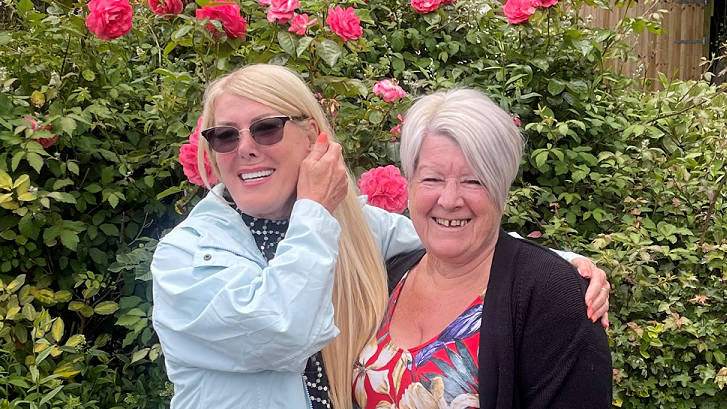
Heather (left) and Marian earlier this year, 50 years after The Family was first broadcast
- Published
Terry Wogan summed up The Family, 14 years after members of the Wilkins family from Reading were transformed into unexpected TV stars.
“Panorama was the window on the world; this was a keyhole on a family from the Home Counties," he told viewers of his Wogan show in 1988.
"It won all sorts of awards and the nation sat transfixed as the life of the Wilkins family unravelled in front of their very eyes."
Fifty years on from its initial broadcast, sisters Marian Archer and Heather Belle Wilkins, now both in their 60s, look back fondly on what is thought to be the UK’s first fly-on-the-wall documentary.
The show also featured their mum Margaret, dad Terry, two brothers, one of their brother’s wives and their young son, and Marian’s fiancé - later husband - Tom, across 12 half-hour episodes.
"Back in 1974 when the family was first screened it was considered pretty bold stuff, innovative," Wogan said.
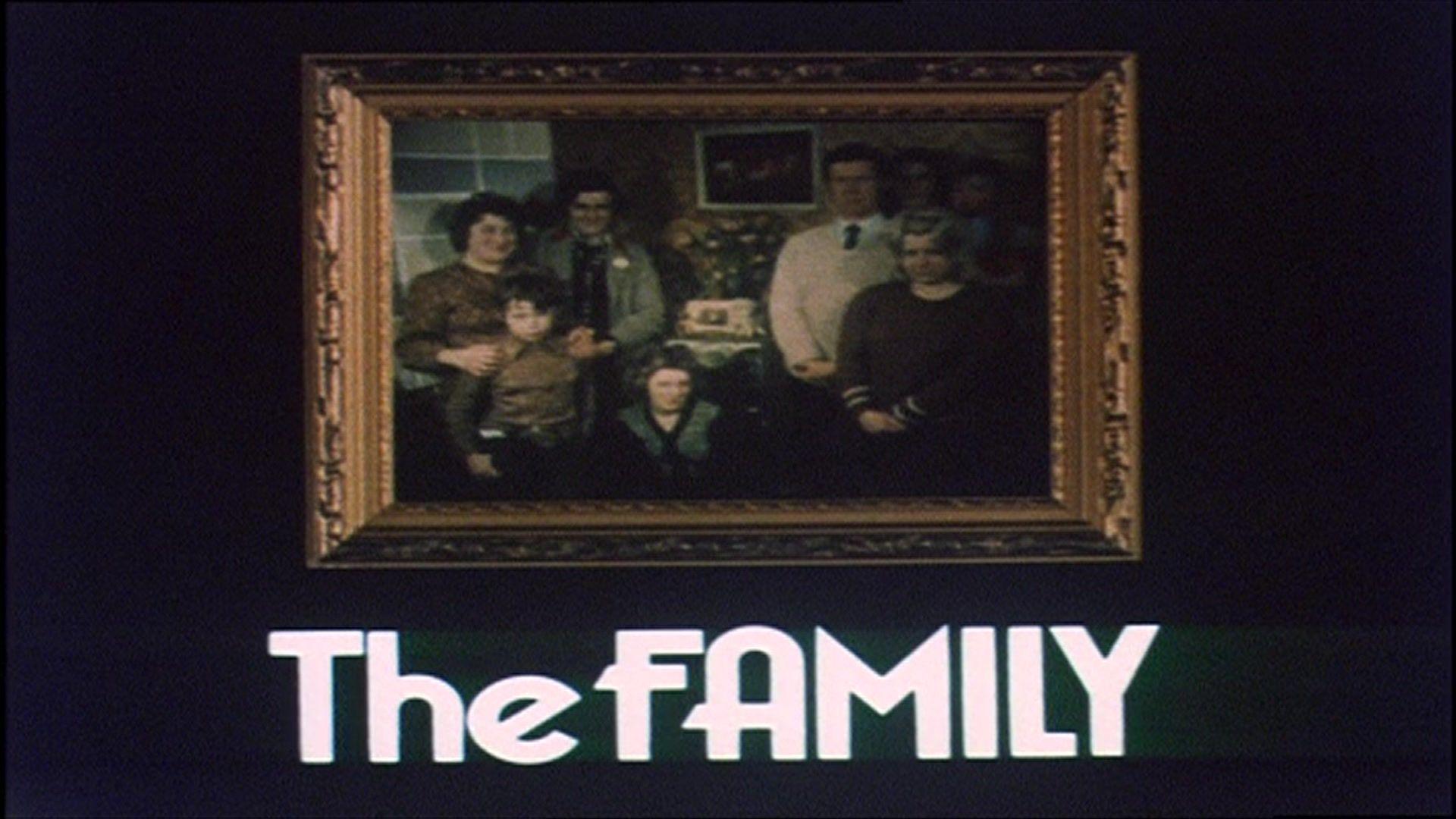
A picture of the Wilkins family featured in the opening titles of The Family
Marian was 19 and soon to marry Tom, her first husband, at a wedding made more complicated by well-wishers and photographers who had gathered outside the church.
She now lives in Hook, Hampshire, with her husband, Martyn. She has three daughters, six grandchildren and a dog. She also runs a Facebook page, external dedicated to the series.
Heather was 15 and at times a surly teenager. She partly attributes that to being given her own bedroom, only to lose it when relatives moved back in to take part in the documentary.
She now lives in North Wales and is a freelance hairdressing tutor. A mother of four children who she raised alone, she also has 13 grandchildren and two great-grandchildren.
“The cameras were handheld cameras so really and truthfully the only thing you had to be careful of was the guy who use to change the film in his camera on the stairs," Marian said.
"That was his hidey-hole. It was just like having extra members of the family in the house who followed us around.
“At the beginning they said to us, ‘we will do it in such a way you won’t know if we’re filming or not, you’ll get used to us being around’. That is exactly how it was and of course you forgot they were there.”
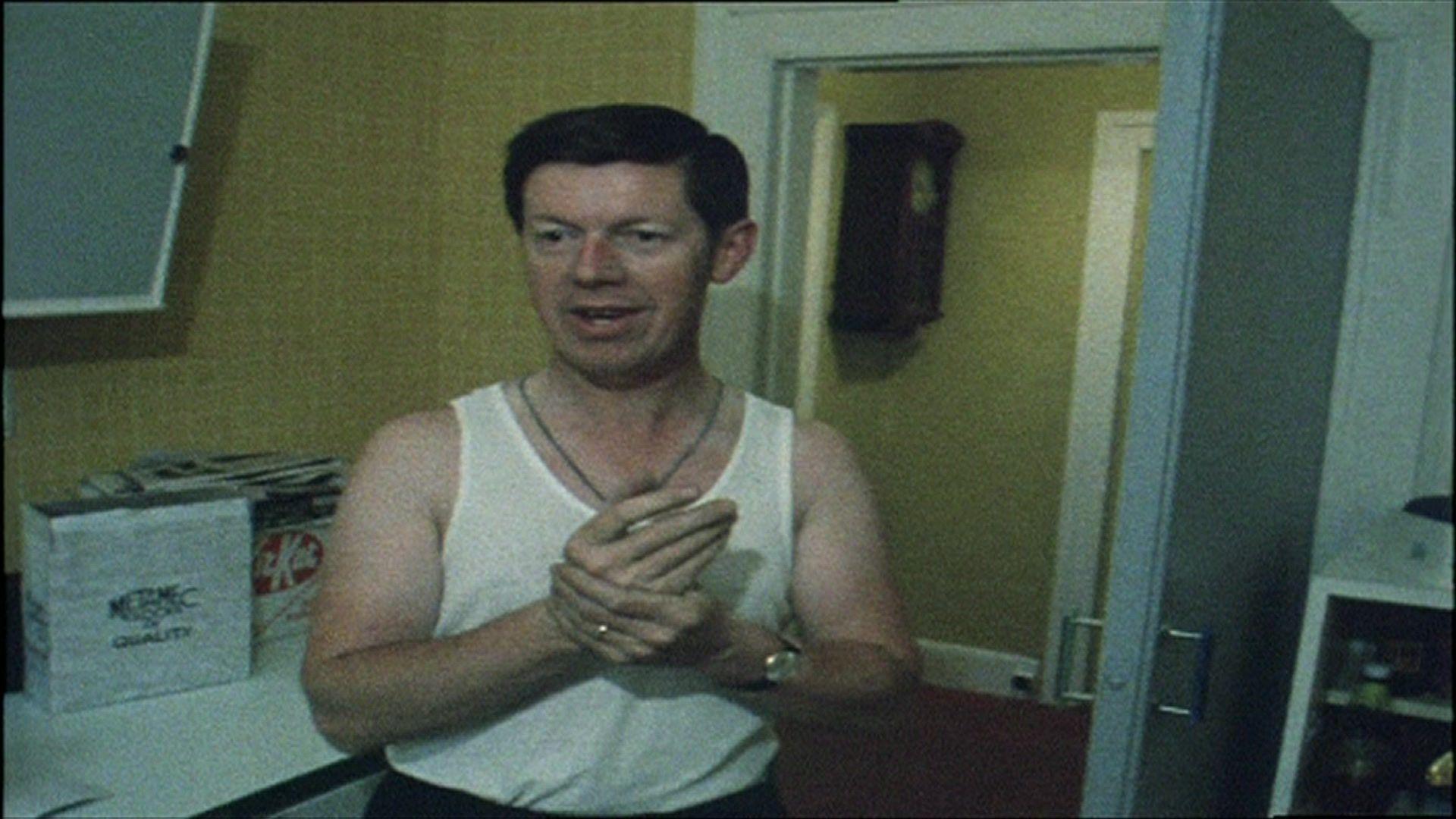
Terry remarried after his marriage to Margaret ended
When the Wilkins' local paper, the Reading Evening Post, started reporting about The Family, its coverage was generally positive. This was a world where there were still just three channels to tune into.
“There will hardly be a corner in the six-room, £5.50 a week flat above a greengrocer's shop [in Whitley Street] that the family can hide in from the cameras,” it said.
"The Wilkins have volunteered to take part in a 12-episode documentary costing about £200,000 [about £1.8m in today’s money] and all they are being asked to do is act naturally."
Within a few months, after being able to watch their lives from 3 April 1974, the paper's tone changed.
Albert Waller, of Reading, told the paper that it was “disgusting” the Wilkins were considered representatives of the town; another reader, Susan Houston, said it was a “disgrace”.
“This type of family are an insult to the people of Reading. I won't tell people any more that I live in Reading. I shall say I live in Shinfield,” she added.
But Georgina Bradbury, 13, wrote to the paper to tell readers she was "sick and tired of criticism" of them, and thought it was "totally unfair" to say the family was giving Reading a "bad name".
Despite the hostility of some Berkshire folk, the family was well known around the country.
Marian and Tom’s imminent wedding featured in the Daily Mirror, with a picture of the pair. Their wedding was watched by 8m viewers when it was included in the documentary.
There was chaos outside Marian and Tom's wedding, which had been written about by the national press
Marian said of being selected for the programme: “It was a bit like entering a competition. Mum and I were flicking through the local paper and there was an advert from the BBC.
"They were looking to do a documentary about a family and there were certain criteria and what was really bizarre was, it was us.
“We just looked and it and thought: 'That’s us.' My mum and I just said: 'Shall we send away for it as a bit of a laugh?' It’s like a competition; you never think you’re going to win," she said.
"It wasn’t until we got a call from I’m guessing a researcher or [producer] Paul Watson [saying] that they wanted to come to see us and Mum and I were like: 'Better tell the rest of the family then.' We didn’t actually say anything [before that].”
It didn’t go down well with some of their relatives.

Heather, Melvin and Margaret - with camera - were shown keenly awaiting Marian and Tom's arrival at their wedding
Heather said: “I was not keen at all on the making of the series. I had just been given my own bedroom. Then all of a sudden, Marian and her fiancé, as well as my brother Gary and his wife with a new baby, had moved in. And now a film crew was about to descend on us…
“That being said, it was actually an amazing time and the response was incredible. We soon started to enjoy the film crew who became like family to us and they were missed very much when they left. I know my mum stayed in touch with them for years," she added.
“After the programme finished it took absolutely years before the attention died down and at times it was very hard to go anywhere or get anywhere on time due to the constant attention that we received.”
In a scene that perhaps captures some of the toxic attitudes (of some) around race at the time, Heather told programme makers about how she received race-hate letters addressing her and her mixed-race boyfriend, Melvin, but that she “couldn’t give a damn [and] nor could Melvin”.
“Honestly, you say Melvin might be a different colour to me but if he cuts himself, he bleeds the same as I do. When he bleeds, his blood isn’t orange, it isn’t green or yellow. It’s red, quite the same as mine is,” she said back in 1974.
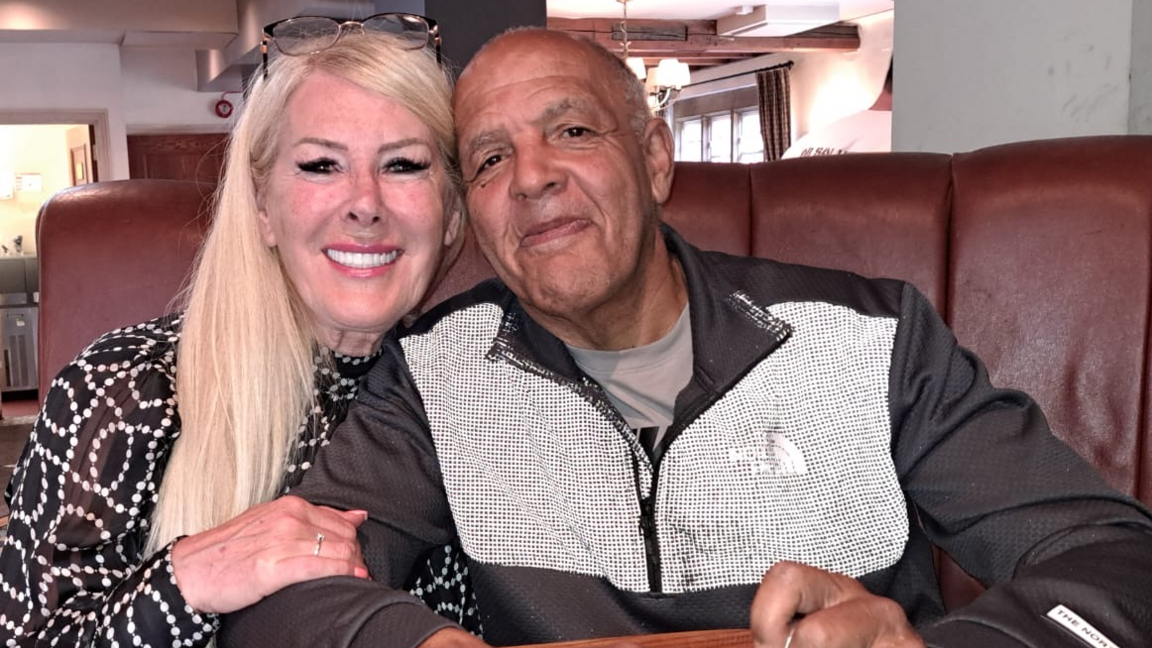
Heather and Melvin remain good friends, 50 years on
The pair did not marry; they split up shortly after the programme ended.
But Heather has “been in touch with him and his family on and off throughout all these years”. They remain “very dear friends to this day,” she said.
Margaret, the family’s matriarch, died in 2008. Her marriage to Terry ended about a year after The Family was broadcast. Terry died in 2016. Both remarried.
Mr Watson, who died in November, remembered Margaret as "a truly wise woman".
Half a century on from the producer's team visiting Whitley Street for the first time, Marian said her mum remained “really proud” of being part of The Family.
“After all, it’s part of history now and how many people can say that? I am really proud of it, I don’t regret it at all,” she added.
And, despite the inconvenience of being TV regulars, her sister agreed.
“I think it’s a great legacy. It’s a part of history, it’s used a lot in several different ways and yes: best thing ever,” Heather said.
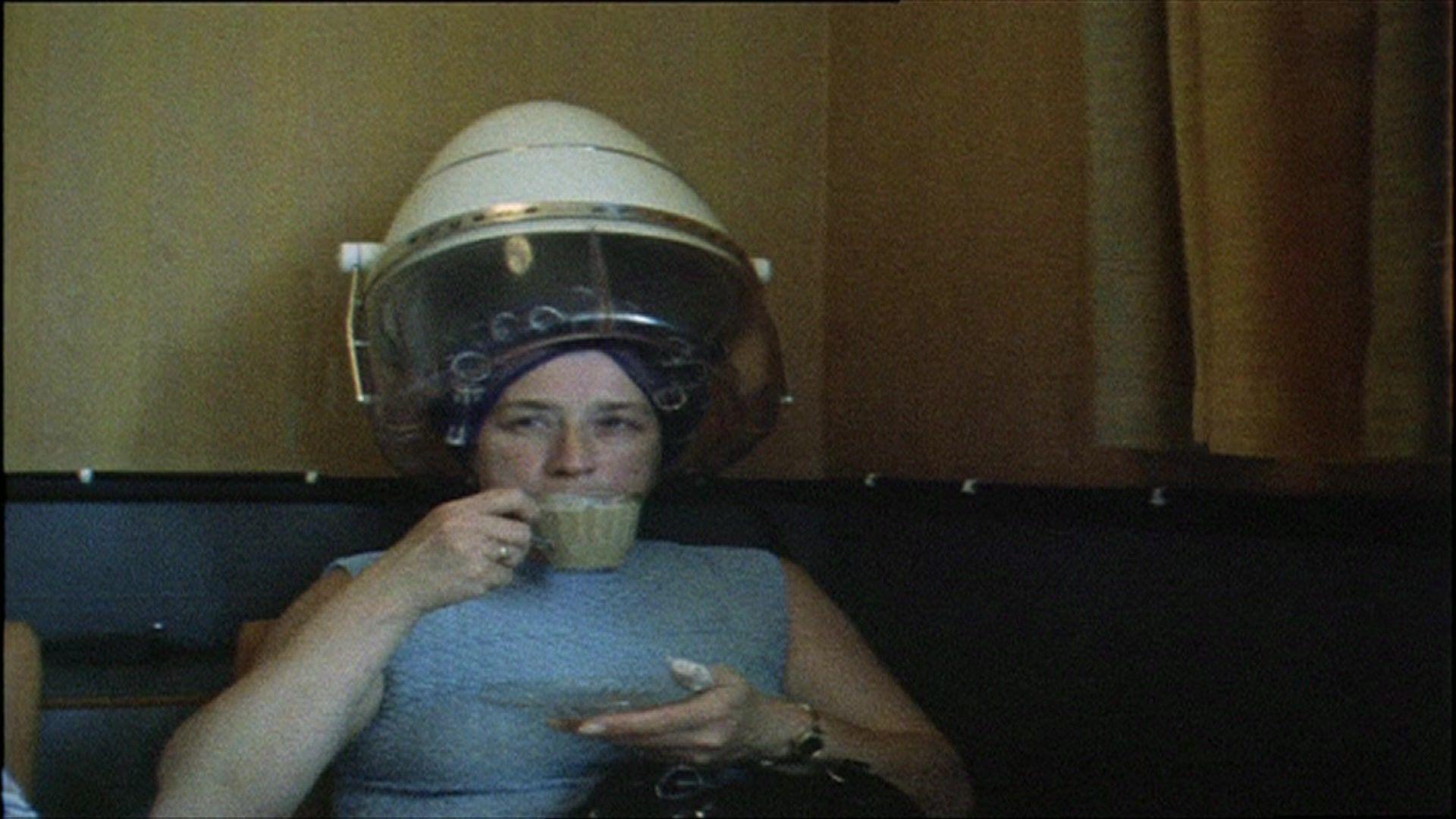
Margaret - getting her hair done for Marian and Tom's wedding - was a "truly wise woman", producer Paul Watson said
Follow BBC South on Facebook, external, X (Twitter), external, or Instagram, external. Send your story ideas to south.newsonline@bbc.co.uk, external or via WhatsApp on 0808 100 2240, external.